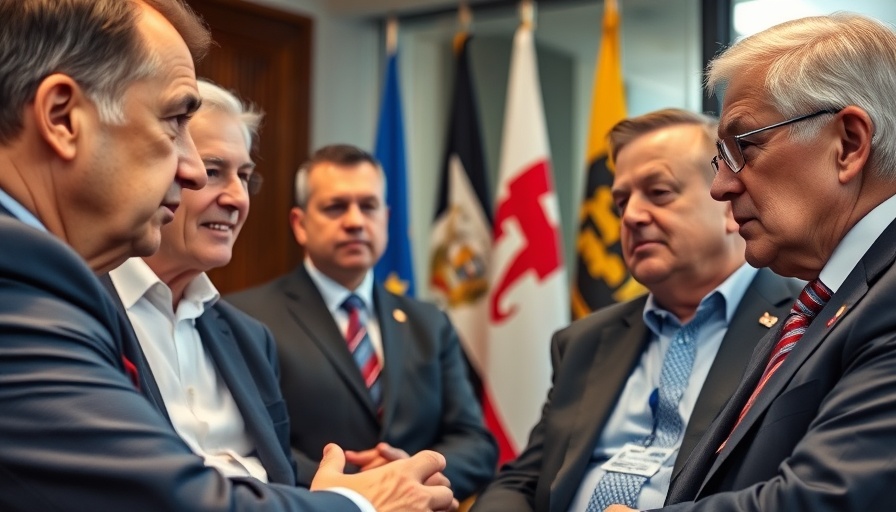
Trump's Unconventional Choice for Surgeon General: A Health Influencer
In a surprising move, President Donald Trump has nominated Dr. Casey Means for the role of U.S. Surgeon General, even admitting during an interview that he doesn't know her well. This choice has sparked conversations regarding the qualifications needed for leading America's health initiatives. Trump defended his nomination by emphasizing Robert F. Kennedy Jr.'s endorsement, calling Means 'fantastic' despite her unconventional background. What does this nomination mean for the future of public health in America?
The Controversial Credentials of Dr. Means
Dr. Means graduated from Stanford and initially aimed to be a surgeon. However, her path diverged when she left her residency to co-found a glucose monitoring app and shifted focus toward becoming a health influencer. This departure from traditional medical avenues has raised eyebrows—she isn't currently licensed to practice medicine, and her qualifications have become a key point of contention. Critics argue that to serve as the country's leading health official, one should have conventional medical credentials, not just be a health influencer.
The Make America Healthy Again Movement's Influence
Kennedy's Make America Healthy Again movement has made significant inroads, appealing to those frustrated with traditional health systems. This organization champions a vision of health that emphasizes individual choices around diet and lifestyle. By nominating Means, Trump seems to align himself with this movement's priorities, which includes skepticism towards vaccine mandates and a focus on holistic health approaches. In an era where conventional health practices are being questioned, this nomination symbolizes a shift towards a more influencer-driven perspective on health.
Criticism from Within the Health Community
Despite the enthusiasm from Kennedy’s camp, many in the health community express concern about Means' lack of experience and qualifications. Critics, including political commentator Laura Loomer, have pointed out that her perceived moderate stance on vaccinations may not resonate well with all segments of the MAGA base. Additionally, concerns about her ability to effectively manage public health crises have emerged, with some experts asserting that experience in a clinical setting is vital for the role. This critique represents a broader concern about the qualifications of health leaders who influence vital policy decisions.
The Role of Media and Public Perception
The media's portrayal of Means has a substantial impact on public perception. Following her appearances on notable platforms, such as Tucker Carlson's podcast, where she discussed her health philosophy in detail, she gained significant attention. However, with attention comes scrutiny. Critics argue that influencers can present a skewed view of health, often prioritizing trends over scientific backing. The question remains: how will Means manage to bridge the gap between influencer culture and traditional health care responsibilities?
What Lies Ahead: Senate Hearings and Public Health
As the Senate prepares to hold hearings on Means' nomination, the discussions promise to be contentious. Questions surrounding her qualifications and the broader implications of appointing someone from outside conventional medicine will undoubtedly rise to the forefront. These hearings will serve as a litmus test not only for Means but also for the ongoing debate over the value of traditional medical training in health policy-making.
Call to Action: Engaging with the Future of Health
As we witness this pivotal moment in U.S. health politics, it’s crucial for individuals—especially those invested in wellness trends and public health advocacy—to engage actively with the discourse surrounding nominations such as that of Dr. Means. Whether through discussions on social media or community forums, your voice matters in shaping the future of health and wellness in our nation. Stand informed and involved, as the direction of public health may heavily rely on the nominees who hold these significant positions.
 Add Row
Add Row  Add
Add 




Write A Comment